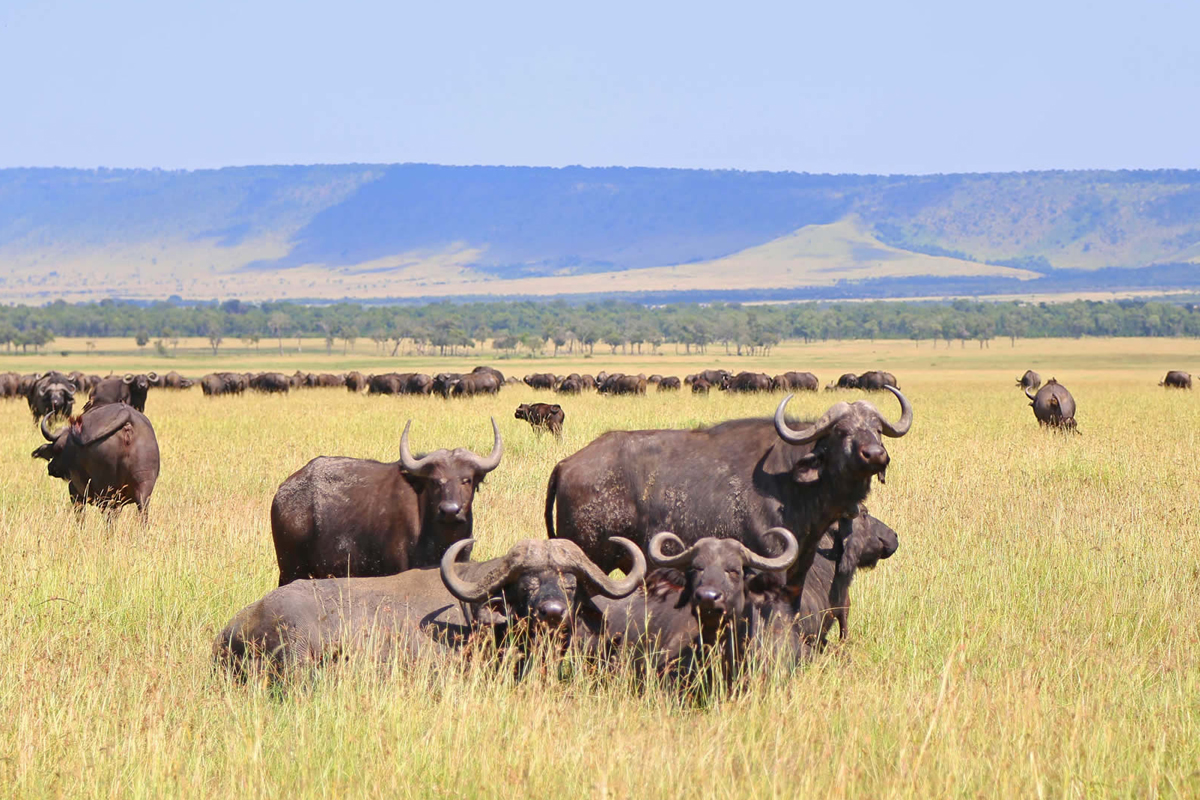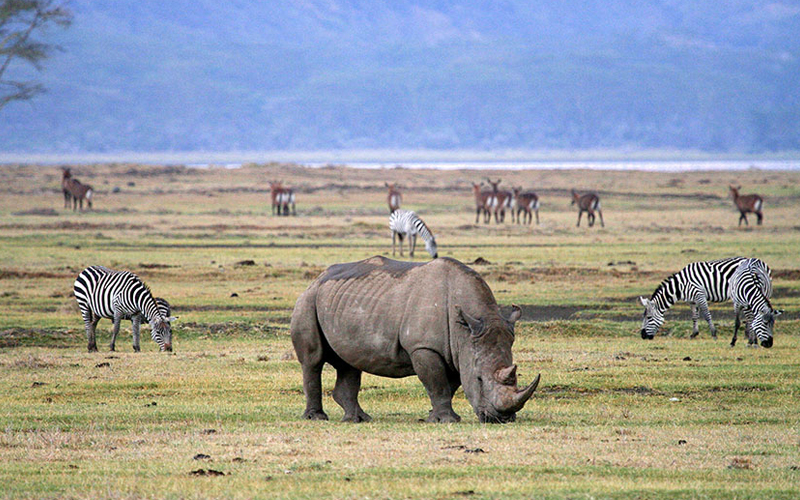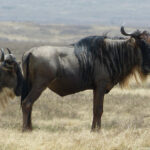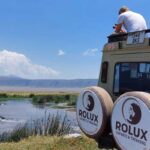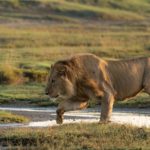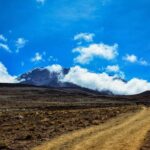Tanzania Wildlife Conservation Wins 2025
Tanzania, a country synonymous with breathtaking wildlife and iconic landscapes, has always been at the forefront of conservation efforts. As we step into 2025, the strides made in preserving its natural heritage are worth celebrating. From groundbreaking initiatives to community-led efforts, Tanzania’s wildlife conservation journey showcases what’s possible when determination meets collaboration. Let’s explore the key milestones shaping the country’s conservation success story.
The Importance of Wildlife Conservation in Tanzania
- A Biodiversity Hotspot: Tanzania is home to an incredible diversity of species, including the famous Big Five and countless endemic plants and animals. Conserving this biodiversity is vital for maintaining ecological balance.
- Economic Significance: Wildlife conservation directly impacts Tanzania’s economy through tourism. Safaris and national parks contribute significantly to GDP and provide employment for thousands.
- Cultural Heritage: For Tanzanians, wildlife isn’t just about tourism; it’s deeply woven into cultural and historical narratives, making its preservation even more critical.
Key Conservation Milestones Leading into 2025
- Expansion of Protected Areas
In recent years, Tanzania has expanded its network of protected areas, including the creation of wildlife corridors to ensure safe animal migration.
- Greater Serengeti Ecosystem: A collaborative effort to extend protected zones around Serengeti National Park has allowed species like wildebeests and zebras to migrate more freely.
- Selous-Nyerere Corridor: Connecting Selous Game Reserve with nearby ecosystems ensures that elephants and other species have ample space to roam.
- Community Involvement in Conservation
Community-led initiatives are proving instrumental in reducing human-wildlife conflict and encouraging sustainable practices.
- Wildlife Management Areas (WMAs): Local communities have taken a more active role in managing resources and reaping the benefits of sustainable tourism.
- Education and Awareness Programs: Grassroots programs are educating the next generation on the importance of conservation, ensuring long-term commitment to preserving Tanzania’s wildlife.
- Anti-Poaching Success
Thanks to advanced technologies and stricter enforcement, poaching rates in Tanzania have significantly declined.
- Use of Technology: Drones, GPS tracking, and AI have helped rangers monitor vast landscapes and protect endangered species more efficiently.
- Collaborative Enforcement: Partnerships between Tanzanian authorities and global organizations have bolstered anti-poaching operations, resulting in fewer cases of illegal wildlife trade.
Species Recovery Stories
- Elephant Population Rebound: Elephant numbers, once drastically reduced due to poaching, are showing a steady increase, thanks to conservation measures and community awareness campaigns.
- The Return of the Black Rhino: Conservationists are celebrating the slow but promising comeback of black rhinos in areas like the Ngorongoro Conservation Area and Serengeti National Park.
- Birdlife Flourishes: Endangered bird species, such as the grey-crowned crane, are thriving under habitat restoration programs.
The Role of Ecotourism in Conservation
- Sustainable Safari Lodges: New eco-lodges are setting an example by prioritizing sustainability, utilizing renewable energy, and minimizing environmental impact.
- Supporting Local Economies: Ecotourism ensures that local communities benefit directly from wildlife conservation, incentivizing them to protect their natural surroundings.
Challenges Ahead
- Human-Wildlife Conflict: As human populations grow, conflicts between people and animals remain a significant challenge. Conservationists are working on innovative solutions, such as building predator-proof enclosures and planting buffer crops.
- Climate Change Impacts: Rising temperatures and unpredictable rainfall patterns threaten habitats and migration patterns, requiring adaptive conservation strategies.
- Funding and Resources: Conservation initiatives require consistent funding. Efforts are underway to attract more investment from international donors and private sectors.
Looking Ahead: Tanzania’s Conservation Goals for 2025 and Beyond
- Strengthening Legislation: New policies aim to enhance protections for wildlife and habitats while increasing penalties for poaching and habitat destruction.
- Expanding Research and Innovation: Investing in research will help conservationists better understand ecosystems and develop innovative solutions to emerging challenges.
- Global Partnerships: Tanzania plans to strengthen international collaborations to share resources, expertise, and funding.
How You Can Support Tanzania’s Conservation Efforts
- Visit Responsibly: Choose eco-friendly lodges and tour operators committed to sustainable practices.
- Donate to Conservation Programs: Support organizations working on the ground to protect Tanzania’s wildlife and habitats.
- Spread Awareness: Share your experiences and educate others about the importance of conservation.
Tanzania’s wildlife conservation story is one of resilience, innovation, and collaboration. As we enter 2025, the milestones achieved offer hope for a future where nature thrives alongside human progress. However, the journey isn’t over, and continued efforts are essential to safeguard this incredible biodiversity for generations to come.
FAQs
1. What is Tanzania’s most successful conservation program?
Wildlife Management Areas (WMAs) have been incredibly successful, allowing local communities to benefit from conservation while protecting wildlife.
2. Which species have seen the most recovery in Tanzania?
Elephants and black rhinos have shown significant population recoveries in recent years due to anti-poaching efforts.
3. How can tourists contribute to conservation?
Tourists can support conservation by choosing eco-friendly tour operators, donating to reputable organizations, and spreading awareness.
4. What are the biggest threats to Tanzania’s wildlife?
Human-wildlife conflict, climate change, and insufficient funding remain major challenges for conservation in Tanzania.
5. Is Tanzania still a good travel destination for wildlife enthusiasts?
Absolutely! With its stunning landscapes, diverse species, and successful conservation programs, Tanzania remains a top destination for wildlife lovers.
Conquer New Heights and Discover Tanzania’s Rich Culture!
Explore our pages for detailed information on:
Begin your unforgettable journey with us today!

